What is a Septic System?
More than 20% of all U.S. households rely on the use of onsite septic systems including over 25,000 homes in Benton county and over 30,000 in Washington county. Septic systems are onsite wastewater treatment systems generally used in suburban and rural locations not served by a centralized public sewer utility. Septic systems treat wastewater from household plumbing fixtures (toilet, shower, laundry, etc.) through both natural and technological processes.
Basic Functionality
The fundamental components of a septic system are the septic tank, a distributing device, the leach field (or lateral lines), and the underlying soil.
The septic tank has two primary jobs. The first is to detain wastewater for at least 48-hours – long enough for solids to settle, scum (grease and oils) to separate from the liquid effluent, and allow bacteria and enzymes in the tank to digest some of the organic material, converting it to liquids and gasses. The other job is to store solids in the tank. The solids must be periodically removed to allow the tank to continue to operate and prevent solids from clogging the outlet and soil treatment area.
Following the retention period in the tank, effluent is allowed to drain through perforated pipes buried underground which are commonly referred to as lateral lines within a designated drain field. A distribution box or diverter valve are used to ensure even distribution across the lateral lines. Final treatment occurs in the soil. Over 80% of the treatment of household wastewater in a conventional septic system is done by bacteria and microorganisms in the soil of the lateral field.
It is important that the soil structure, water table conditions and expected water use in the home are carefully considered for each site where a septic system is installed. Effluent must be fully treated before it reaches the water table and is reintroduced to both drinking water sources and ecosystems. For that reason, drainage fields are sometimes built as mounds above ground to generate additional soil depth. More advanced systems are also sometimes necessary which provide greater treatment prior to outflow to the drain field.
For more information on advanced septic systems, please see the Types of Septic Systems provided by the EPA.
